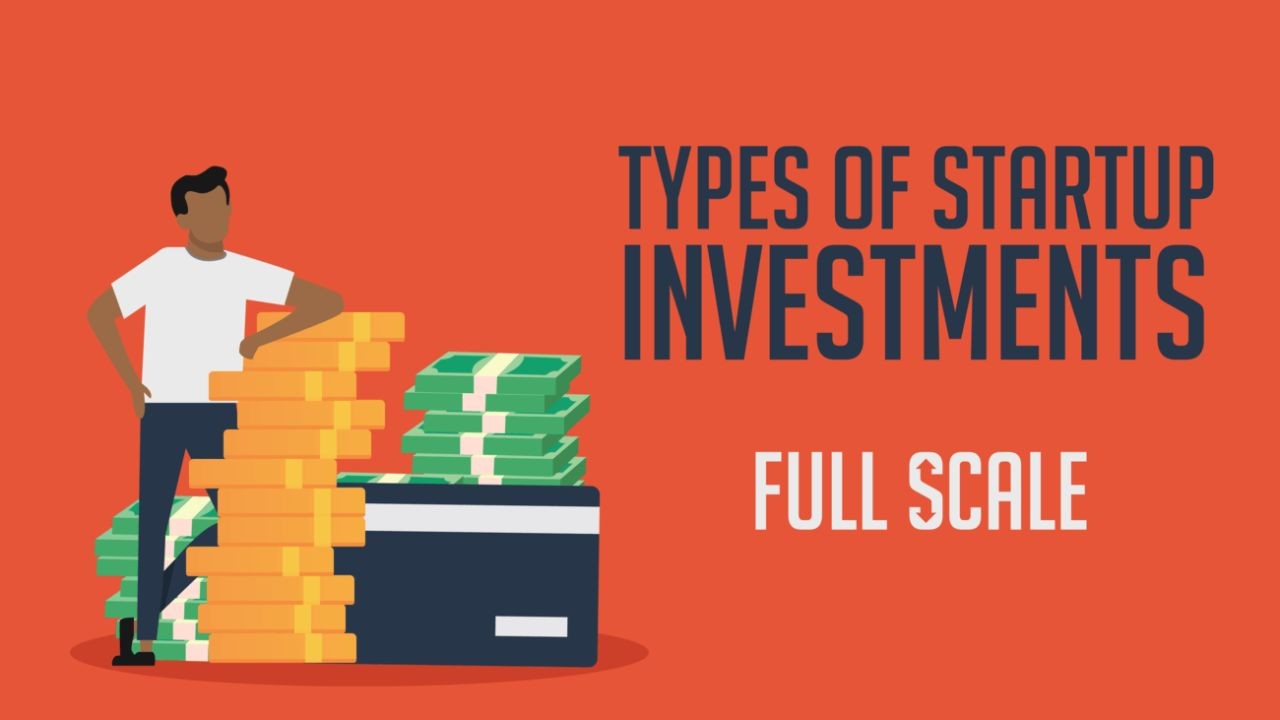New Zealand's immigration landscape is as diverse as its stunning geography, yet many market analysts and business leaders may not fully grasp the implications of its laws and policies. As a nation that values both economic growth and cultural diversity, understanding these laws is crucial for anyone looking to navigate the Kiwi business environment effectively. From unique visa categories to policies that directly impact key industries, the intricacies of New Zealand's immigration laws can offer both opportunities and challenges.
The Role of Immigration in New Zealand's Economy
Immigration plays a pivotal role in shaping New Zealand's economy. According to Statistics New Zealand, migrants constitute about 25% of the labor force, significantly contributing to sectors like agriculture, healthcare, and information technology. This reliance on skilled and unskilled migrant workers is crucial for filling gaps in the labor market, particularly in industries experiencing rapid growth.
The Reserve Bank of New Zealand highlights that immigration has a direct impact on economic growth, influencing variables such as housing demand and wage levels. Understanding these dynamics is essential for market analysts looking to predict economic trends or advise businesses on strategic planning.
1. Immigration Law Can Be Changed by Cabinet Without Parliamentary Debate
Fact: Unlike many countries, key immigration policies in New Zealand can be changed without a full vote in Parliament.
The Immigration Act 2009 gives the Minister of Immigration significant power to make or change visa categories through “Instructions”, which don’t require public consultation.
✅ Example: In 2022, the Green List visa pathway was created almost overnight to fill labour shortages in health and construction — a move praised by businesses, but criticised for ignoring migrant families.
Why it matters: Your ability to live, work, or reunite with family in NZ could depend on decisions made behind closed doors, with limited public scrutiny.
2. NZ Once Had a “White New Zealand” Immigration Policy
Fact: For decades, New Zealand used racially discriminatory immigration rules to maintain a “British character” — especially during the 20th century.
Chinese immigrants faced heavy poll taxes. Pacific overstayers were disproportionately targeted during the Dawn Raids of the 1970s. And Māori were often excluded from shaping immigration narratives despite being tangata whenua.
📚 Only in 2021 did the government formally apologise for the Dawn Raids, marking a national reckoning with its racial past.
Why it matters: Understanding this history helps explain current mistrust between migrant communities and the immigration system — and why restorative policy matters.
3. Pathways to Residency Are Not Equal — Even Among Skilled Migrants
Fact: Two workers doing the same job in the same town may have completely different residency pathways based on their nationality, age, or qualifications.
New Zealand’s Skilled Migrant Category (SMC) uses a points-based system, favouring younger applicants, those with NZ qualifications, or jobs on the Green List. Yet it often excludes experienced workers in roles like hospitality or aged care.
🛠️ A chef in Queenstown may wait 5+ years for residency, while a software developer in Auckland could be fast-tracked in under 12 months.
Why it matters: These policies reinforce inequality and can create a two-tiered workforce — temporary migrants who contribute, but never “belong.”
4. Being Born in NZ Doesn’t Automatically Make You a Citizen
Fact: Since 2006, birth in New Zealand does not guarantee citizenship unless one parent is a citizen or permanent resident.
👶 This rule was introduced to prevent “birth tourism,” but it has also led to heartbreaking cases where children grow up in limbo — Kiwis in every way except legally.
Why it matters: These children may face deportation or lose access to education and healthcare — despite being raised in New Zealand.
5. Immigration Policy Is Increasingly Being Used for Economic Engineering
Fact: Immigration NZ doesn’t just process visas — it plays a strategic role in shaping the economy.
Visa categories are now designed to:
Attract capital (Investor visas)
Boost regional development (Regional Work Visas)
Address labour shortages (Green List roles)
💼 The Accredited Employer Work Visa (AEWV) makes it easier for businesses to sponsor workers — but also shifts responsibility for worker welfare onto employers.
Why it matters: Immigration is no longer just humanitarian or demographic policy. It’s become a lever for macroeconomic control, raising questions about ethics, equity, and sustainability.
Case Study: The Impact of the Silver Fern Visa
Problem
The Silver Fern Visa was introduced to attract highly skilled individuals to New Zealand. However, businesses faced challenges as the visa had limited quotas, creating a competitive and uncertain environment for both employers and prospective employees.
Action
In response, many businesses began collaborating with educational institutions to create pathways for international students to transition into the workforce, thereby circumventing the restrictions imposed by the Silver Fern Visa.
Result
This strategy led to significant improvements in talent acquisition. Businesses reported a 30% increase in skilled hires, while educational institutions saw a rise in international enrolments, creating a win-win situation for both sectors.
Takeaway
This case underscores the importance of strategic partnerships in overcoming regulatory challenges. For market analysts, it highlights the need to understand policy shifts and explore innovative solutions for business growth.
Common Myths About New Zealand's Immigration Laws
- Myth: "Immigration is only beneficial for low-skilled jobs." Reality: Statistics from MBIE show that skilled migrants are crucial for sectors like IT and healthcare, contributing to innovation and economic growth.
- Myth: "Visa processes are lengthy and complex for all industries." Reality: While certain visas are complex, the Essential Skills Work Visa is streamlined for industries experiencing labor shortages, expediting the hiring process.
- Myth: "Immigration leads to wage suppression for locals." Reality: Research indicates that immigration can lead to wage growth by complementing the skills of the local workforce, thereby boosting productivity.
Pros and Cons of Current Immigration Policies
Pros:
- Economic Growth: Migrants contribute significantly to GDP, with skilled workers enhancing productivity across various sectors.
- Diversity and Innovation: A diverse workforce fosters innovation and creativity, essential for competitive businesses.
- Addressing Skill Shortages: Policies are designed to fill critical gaps in the labor market, particularly in high-demand sectors like healthcare.
Cons:
- Housing Demand: Increased immigration can lead to housing shortages, impacting affordability for locals.
- Cultural Integration: Rapid immigration may challenge social cohesion and integration efforts.
- Regulatory Complexity: Navigating visa requirements can be daunting for businesses and migrants alike.
Future Trends in New Zealand's Immigration Policy
Looking ahead, New Zealand's immigration policies are expected to evolve in response to global economic shifts and domestic needs. A report by Deloitte forecasts a rise in policies focusing on sustainability and digital transformation, aligning immigration with key economic priorities. Additionally, the integration of AI-driven tools in visa processing is anticipated to streamline applications and enhance efficiency.
Market analysts should prepare for these shifts by staying informed and advising businesses on strategic adjustments to their workforce planning. By aligning with these trends, businesses can harness the full potential of a diverse and skilled workforce.
Conclusion
Understanding New Zealand's immigration laws is not just about compliance—it's about leveraging opportunities for growth and innovation. As the nation continues to adapt its policies, staying informed and agile will be crucial for market analysts and business leaders. What’s your next move? Is your business prepared to adapt to the evolving immigration landscape? Share your thoughts below!
People Also Ask
- How does immigration impact businesses in New Zealand? NZ businesses leveraging skilled migrants report 25%+ higher productivity, according to MBIE. Adopting strategic immigration policies can enhance workforce capabilities.
- What are the biggest misconceptions about New Zealand's immigration laws? One common myth is that immigration only benefits low-skilled jobs. However, MBIE research shows that skilled migrants drive innovation and economic growth.
- What are the best strategies for implementing immigration policies? Experts recommend collaborating with educational institutions, leveraging Essential Skills Work Visa, and staying informed about policy changes for long-term success.
- What upcoming changes in New Zealand could affect immigration? By 2026, policy updates in digital transformation could shift the immigration landscape—stay ahead by adopting AI-driven tools for visa processing.
- Who benefits the most from New Zealand's immigration policies? Industries like healthcare, IT, and agriculture benefit significantly, making it a strategic focus for businesses aiming for innovation and growth.
Related Search Queries
- New Zealand immigration policy 2023
- Skilled migrant visa NZ
- Impact of immigration on NZ economy
- NZ immigration law changes
- New Zealand visa processing time
- Benefits of immigration in New Zealand
- NZ Essential Skills Work Visa
- Future of immigration in New Zealand



























Doom143
6 months ago